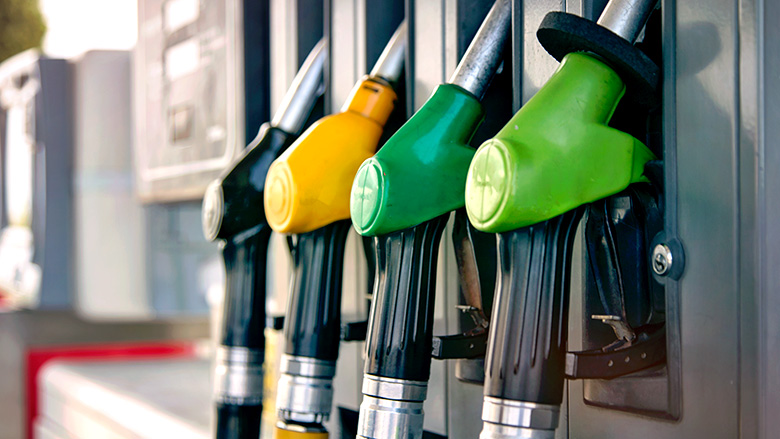September’s biggest declines came in the categories of Health and fitness, Home buying, Household services and Transport.
In a reversal from August, the Health and fitness category declined by a sharp 11.2 per cent in September, with fewer visits to doctors and dentists. Home buying was also down 4.4 per cent this month and 24.6 per cent for the year, with increased interest rates slowing demand for home loans.
By contrast, motor vehicle spending rose 6 per cent in September, following a strong 14 per cent gain in August. Spending on Motor vehicles is now up 3.3 per cent for the year, moving into positive territory for the first time since March.
CommBank Chief Economist Stephen Halmarick said: “The effect of rising interest rates is beginning to impact on household budgets and Australian consumer spending is adjusting accordingly. Households are seeing a noticeable difference to their mortgage repayments and therefore are considering how they can adjust their expenses elsewhere.
“The gains in the Motor vehicle index provides some relief for the industry, as global supply chain issues begin to resolve. The improvement follows the strength seen in August, with additional deliveries of vehicles coming into Australia.
“Meanwhile, transport spending has reduced, yet we can expect an increase in the coming months as petrol prices rise as the governments excise levy returns to its full amount.”
After correctly predicting the latest interest rate increases, CBA’s Economics team forecast a further 25bp rise at the RBA’s November Board meeting, before the RBA holds to assess the lagged impact of rate rises on the Australian economy.
The CommBank HSI Index combines analysis of CBA payments data (Australia’s largest consumer spending data set covering approximately 40 per cent of payment transactions), loan application information and Google Trends publicly available search activity data. To access this powerful insight into spending trends, visit: commbank.com.au/hsi



